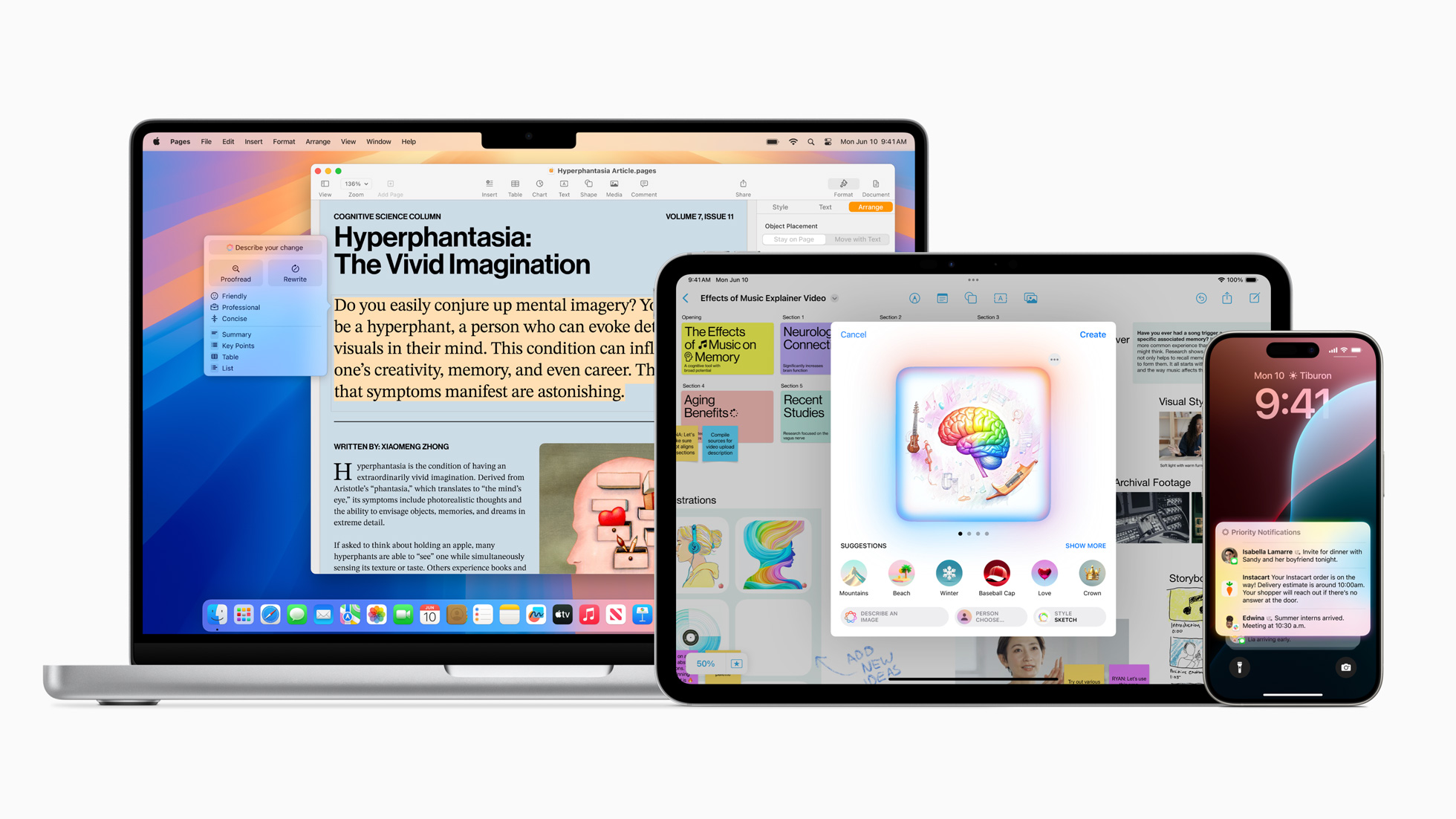Since I didn’t ever get that developer kit, I don’t know for sure, but if I were to guess, they used off-the-shelf A12Z chips with third party support chips, just like Intel motherboards do. While Apple SoC’s are mostly standalone, Intel motherboards have always required a supporting chipset to go with the CPU. Apple likely put in the equivalent of Northbridge and Southbridge support chips and anything else that would be needed to handle virtual memory, many of those things now handled on the SoC, itself. Intel motherboards use Northbridge as a memory controller/hub while Southbridge handles I/O. Since the kit would never be sold to any consumer, they felt they could just cobble parts together like Frankenstein’s monster to do what was needed no matter how slow and inefficient it would be. The M1 was still in the making so they could not use that.The chips themselved were regular A12s, but I assume the ssd controller was different, and then there was OS difference, too.
It was this dev kit that fooled people into thinking the A12Z could handle virtual memory, which was the cause of the firestorm over Stage Manager initially being supported only on M1 iPads. Not sure what Apple did to get Stage Manager working without virtual memory, but it worked.



